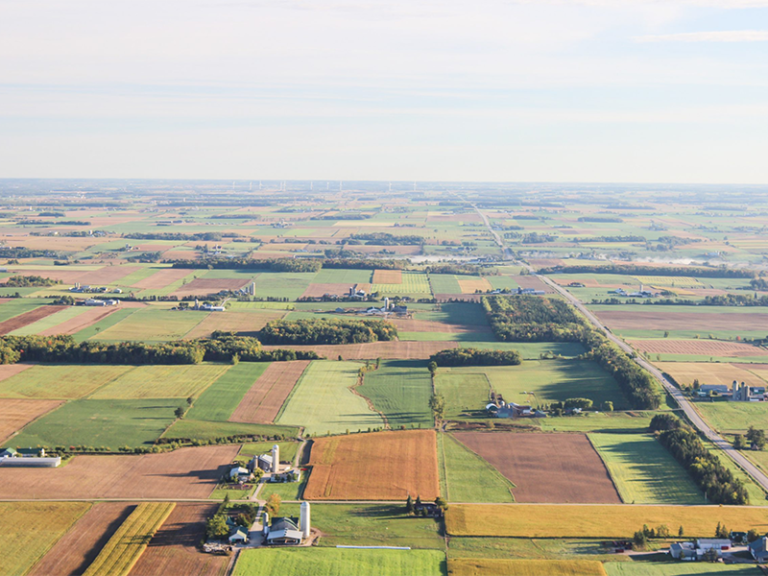By Deborah O’Connor
 In last week’s column, in the face of a third CN freight train derailment in Northumberland County, we learned details of the accidents and took a cursory look at the more dramatic changes to the business of moving freight in Canada that have taken place over the last 20 years or so. Today’s freight trains are typically twice as long and heavy as they used to be and, since 2000, the Transportation Safety Board of Canada has investigated a total of 10 derailments involving these longer, heavier freight trains.
In last week’s column, in the face of a third CN freight train derailment in Northumberland County, we learned details of the accidents and took a cursory look at the more dramatic changes to the business of moving freight in Canada that have taken place over the last 20 years or so. Today’s freight trains are typically twice as long and heavy as they used to be and, since 2000, the Transportation Safety Board of Canada has investigated a total of 10 derailments involving these longer, heavier freight trains.
Rail companies like long trains. It mean fewer trains need to be used and both fuel and labour costs are reduced. The customers like them too since it trims their costs in moving goods where they need to go. In their eagerness to meet business needs, though, attention to detail is being sacrificed and it’s not only the railway unions who say so. Two reports released in 2008 document the numerous problems. One is from Transport Canada’s own Standing Committee on Transport, Infrastructure and Communities on Rail Safety in Canada. The other is from an independent advisory panel appointed by the Minister of Transport Canada to look at the Railway Safety Act.
The Advisory Panel identified not technical or equipment issues, but human resources management and organizational factors as the culprits. The Standing Committee noted its disappointment that the Railway Safety Management System (SMS) regulations imposed in 2001 had still not been fully implemented by the railways; that Transport Canada and the rail companies were slow to respond to the changes; and further, that Transport Canada had no teeth to compel compliance and had poor oversight on safety issues. The Advisory Panel agreed.
Since then another committee was formed in response to those damning reports. Called the SMS Working Group, its job is to formulate both an action plan and assessment tool to ensure the regulations are enforced consistently. This latest group is co-chaired by Transport Canada and railway industry people, and includes members from the railway unions, provinces, and Railway Association of Canada. Then, there’s the Transportation and Safety Board of Canada, which leaps into action to produce the how’s and why’s of every incident that occurs. It would seem there are ample resources and brainpower available to ensure that up to date safety standards can be developed, implemented, monitored and maintained so that accidents are avoided and communities along the routes kept safe.
Before we wrap up this second of what just became a three part series, readers may be reassured that the Standing Committee rated the four major Canadian railways on safety in their report of May 2008, and VIA, our passenger train service, rated 4 points out of 5. The freight haulers didn’t fare so well, with Canadian Pacific scoring 3 points and CN a lowly l to 2 points.
We’ll examine the often critical issues that comprise what’s called “in-train forces”, marshalling of trains and distributed power in the third and final installment, coming soon. At the same time, human factors like training, fatigue management and the so-called culture of fear at CN will be explored. All the in-train forces were in play one way or another in all three derailments experienced locally over the last two years.


